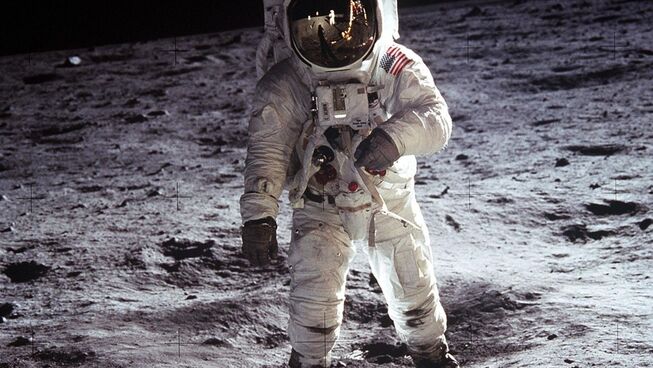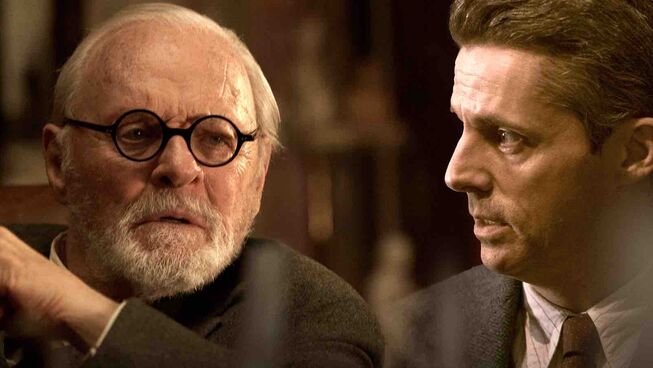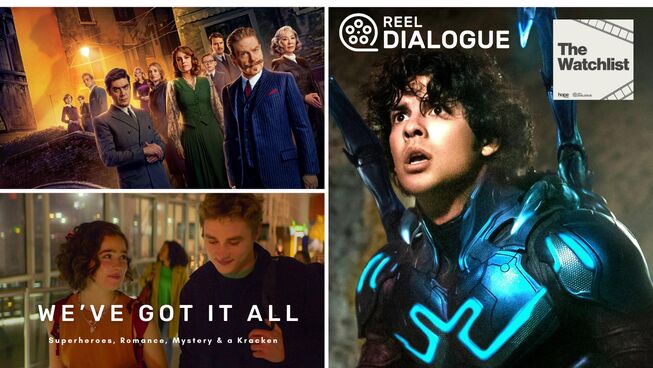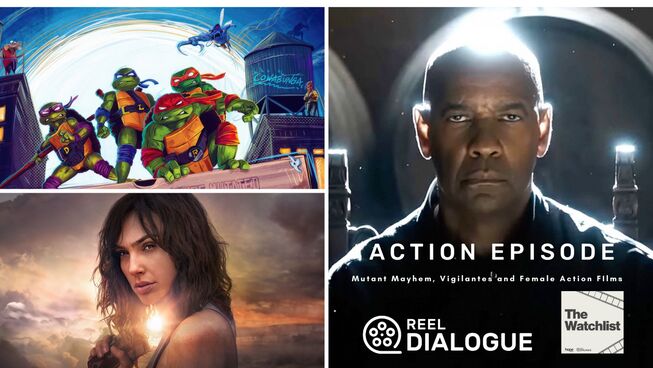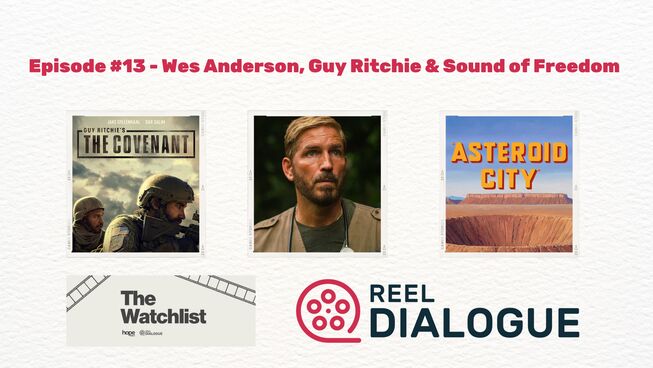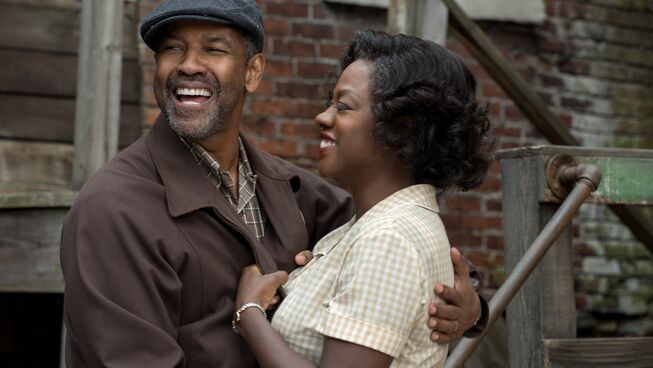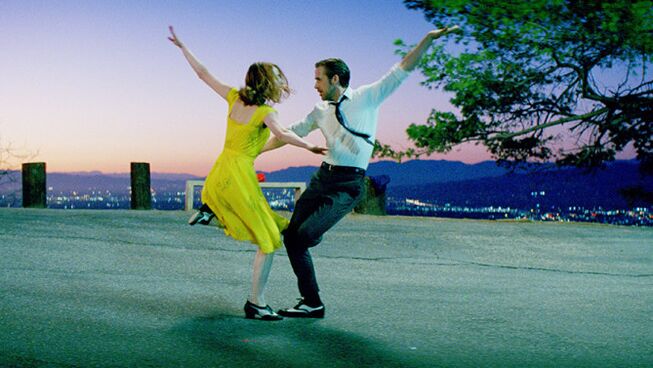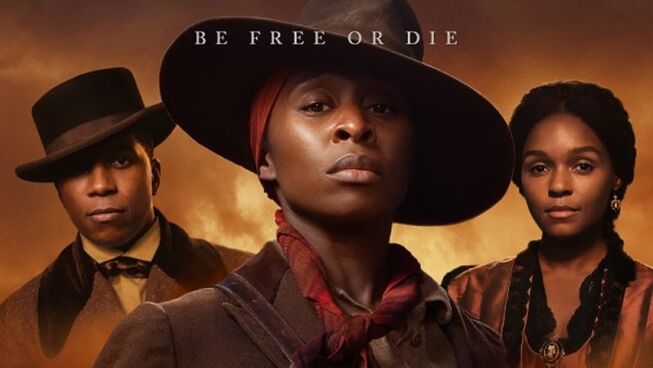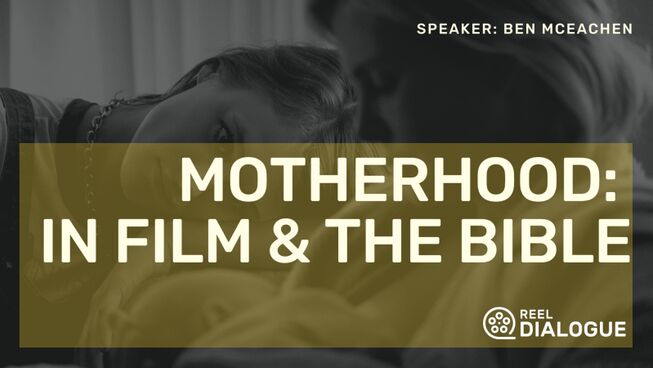Hidden Figures
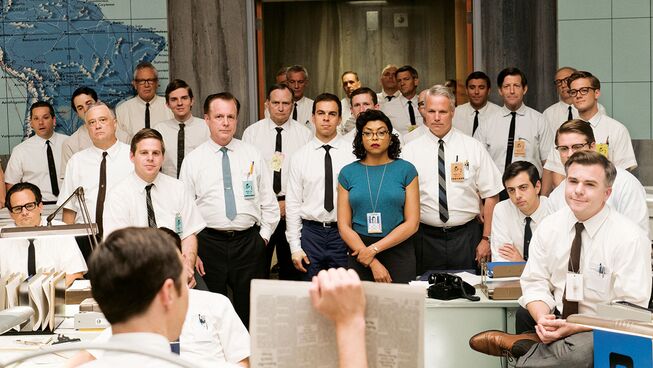
We get to the peak together, or we don't get there at all. - Al Harrison
Walking into the cinema...
In a year of films based on the civil rights movement, will Hidden Figures take off and rise above the rest?
During the Kennedy Administration of the 1960’s, the eyes of the world were on the US and Russian space programmes. NASA was under immense pressure to get ahead of the Soviets, who had recently put the Sputnik satalite into orbit. The challenges of space exploration brought together mathematics, new technology and interestingly the civil rights movement to provide the fascinating story behind Hidden Figures. The personal journeys of Dorothy Vaughan, Mary Jackson and Katherine Johnson, mathematicians or ‘human computers’ of the space programme that became unassuming heroes of their generation. Great minds that could achieve the goals set before them at NASA, but they had to overcome the barriers of an era that limited the advancement of women of colour. Due to the ever changing atmosphere and the great need for talent at NASA, theses women were put into positions of being pioneers in their fields and examples for the civil rights movement. All of these social and personal changes play against the backdrop of getting the first men from the US space programme into space.
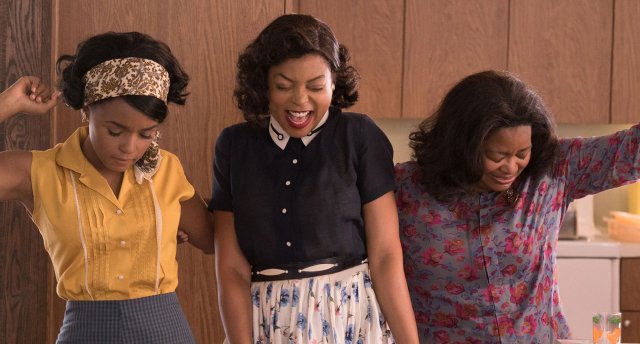 Based on the untold true story of these barrier-breaking women, this qualifies as one of the best feel-good films of the year. Director Theodore Melfi follows up the brilliant film, St. Vincent, with this inspirational tale of working to change a system from within. Even with all of the historical events occurring outside of NASA, this trio of women managed to make a difference that had an impact that still resonates today. It is a film that exposes the best and worst of American ideology and how it is constantly evolving. The message of this film provides a look at the past and the desire to not return to it, but to celebrate the potential changes that can occur when people work to push through the man-made barriers in life.
Based on the untold true story of these barrier-breaking women, this qualifies as one of the best feel-good films of the year. Director Theodore Melfi follows up the brilliant film, St. Vincent, with this inspirational tale of working to change a system from within. Even with all of the historical events occurring outside of NASA, this trio of women managed to make a difference that had an impact that still resonates today. It is a film that exposes the best and worst of American ideology and how it is constantly evolving. The message of this film provides a look at the past and the desire to not return to it, but to celebrate the potential changes that can occur when people work to push through the man-made barriers in life.
Every member of the cast was perfectly chosen for their contribution to the film. Taraji P. Henson, Octavia Spencer and Janelle Monáe were the trifecta of excellence in their perspective roles. Each filling the shoes of the dynamic women they represent in history with class and a quiet strength. None of them managed to outshine the others, even though the film did centre on Katherine Johnson's impact on the space programme. The value on family, faith and working for the betterment of the community was a refreshing element that all of these women personified in their own unique way. Surrounding these performances was the exemplary cast members of Kevin Costner, Jim Parsons, Kirsten Dunst and Mahershala Ali, who is coming off his powerful performance in Moonlight.
 During a season of powerful and onerous films, Hidden Figures was a light in a very dark room. Managing to approach an exceptionally difficult subject matter with a message of hope. It was a delight to travel through this well told journey of these inspirational women. Hats off to author Margot Lee Shetterly and the direction of Theodore Melfi for delivering a story that can be celebrated by anyone despite their race, gender or age.
During a season of powerful and onerous films, Hidden Figures was a light in a very dark room. Managing to approach an exceptionally difficult subject matter with a message of hope. It was a delight to travel through this well told journey of these inspirational women. Hats off to author Margot Lee Shetterly and the direction of Theodore Melfi for delivering a story that can be celebrated by anyone despite their race, gender or age.
REEL DIALOGUE: What are some of the bigger questions to consider from this film?
1. What is the value of family?
(Genesis 2:24, Exodus 20:12, Psalm 22:6, John 15:12-17)
2. Does God care about overcoming obstacles in life?
(Psalm 27:1, Isaiah 41:3, James 1:19-21)
3. What does the Bible have to say about racism?
(John 7:24, James 2:9, 1 John 2:9)
4. How are we to respond to negativity and hate?
(Proverbs 6:16-19, John 15:18-16:4 )

